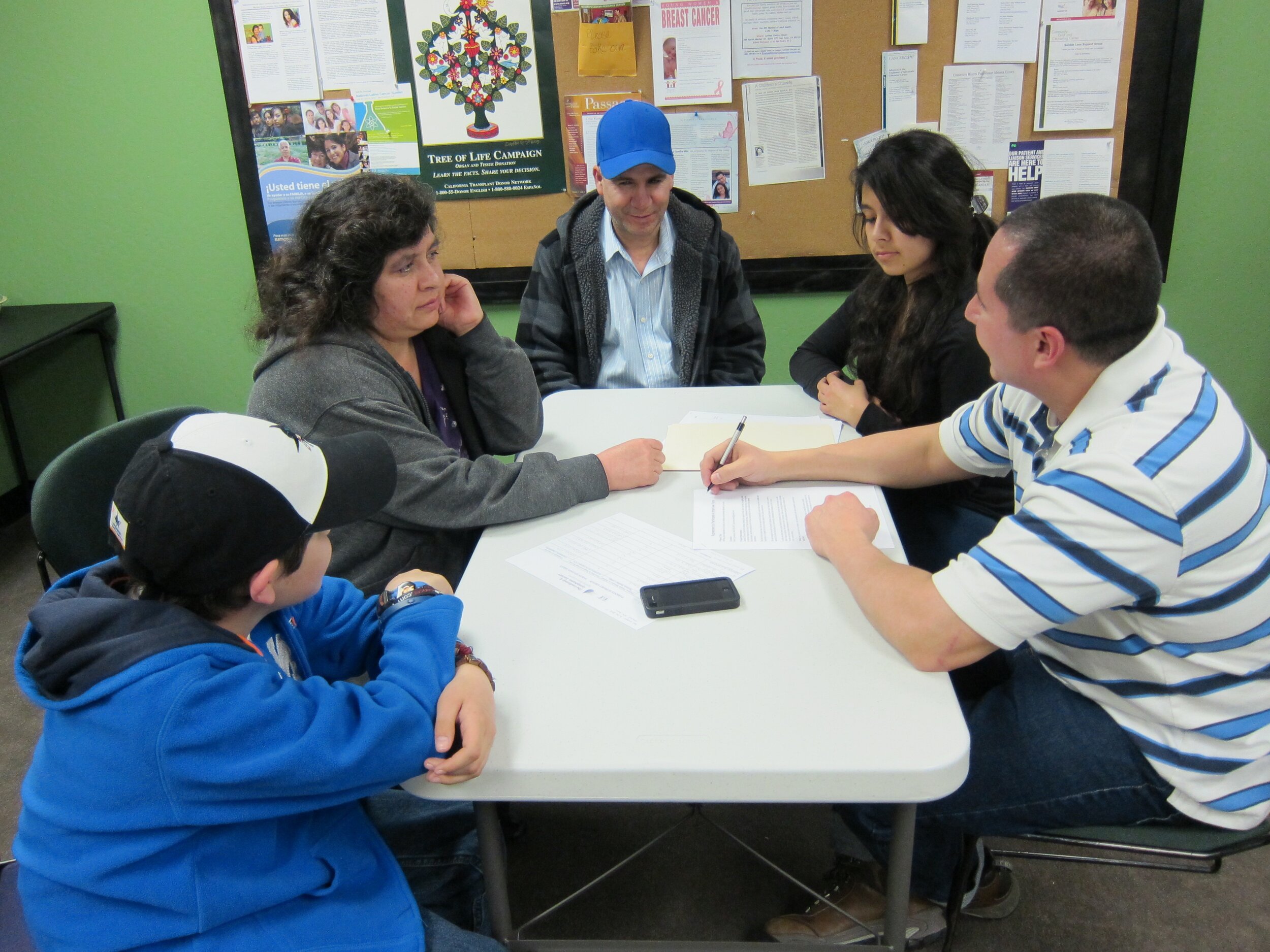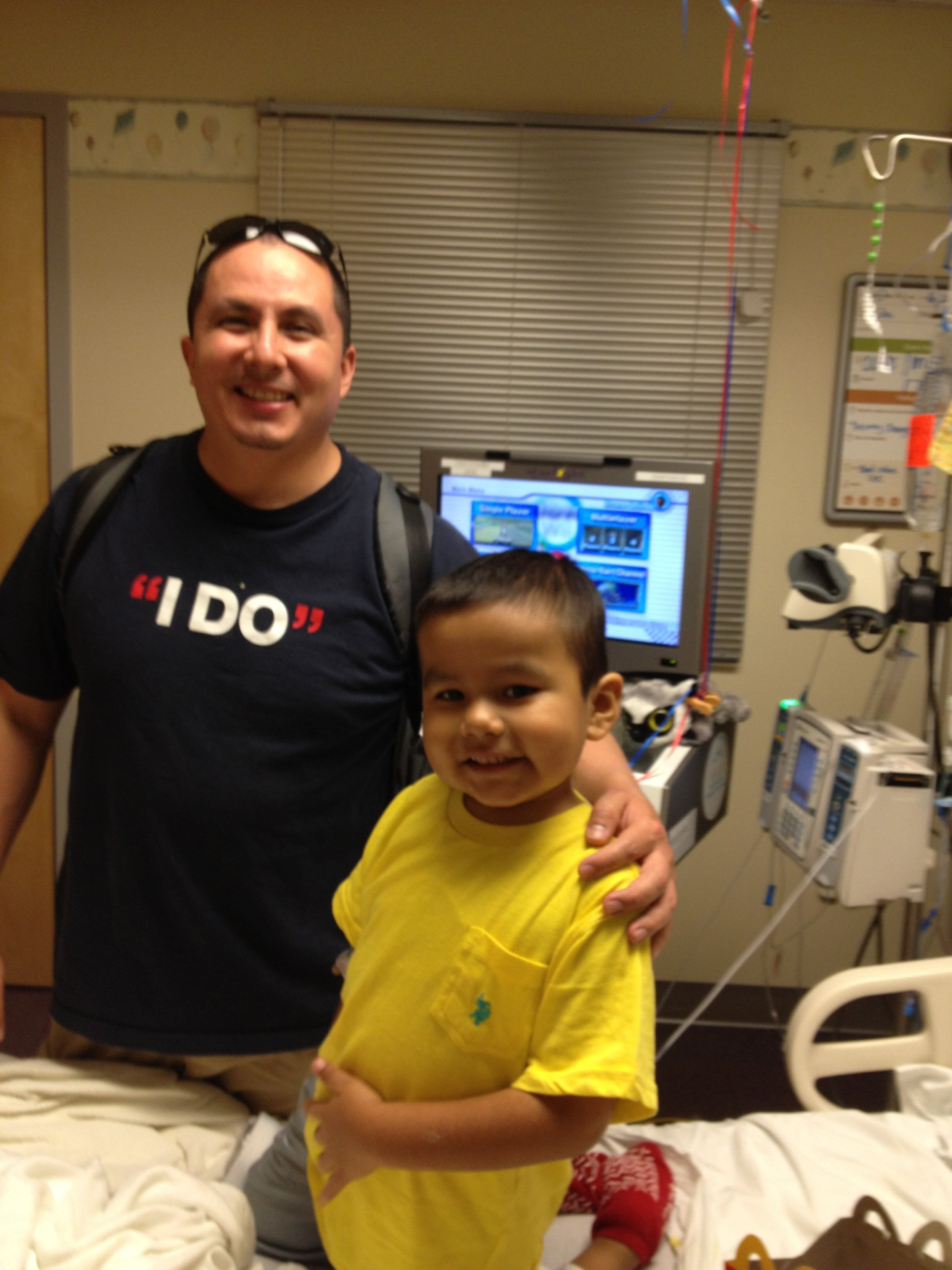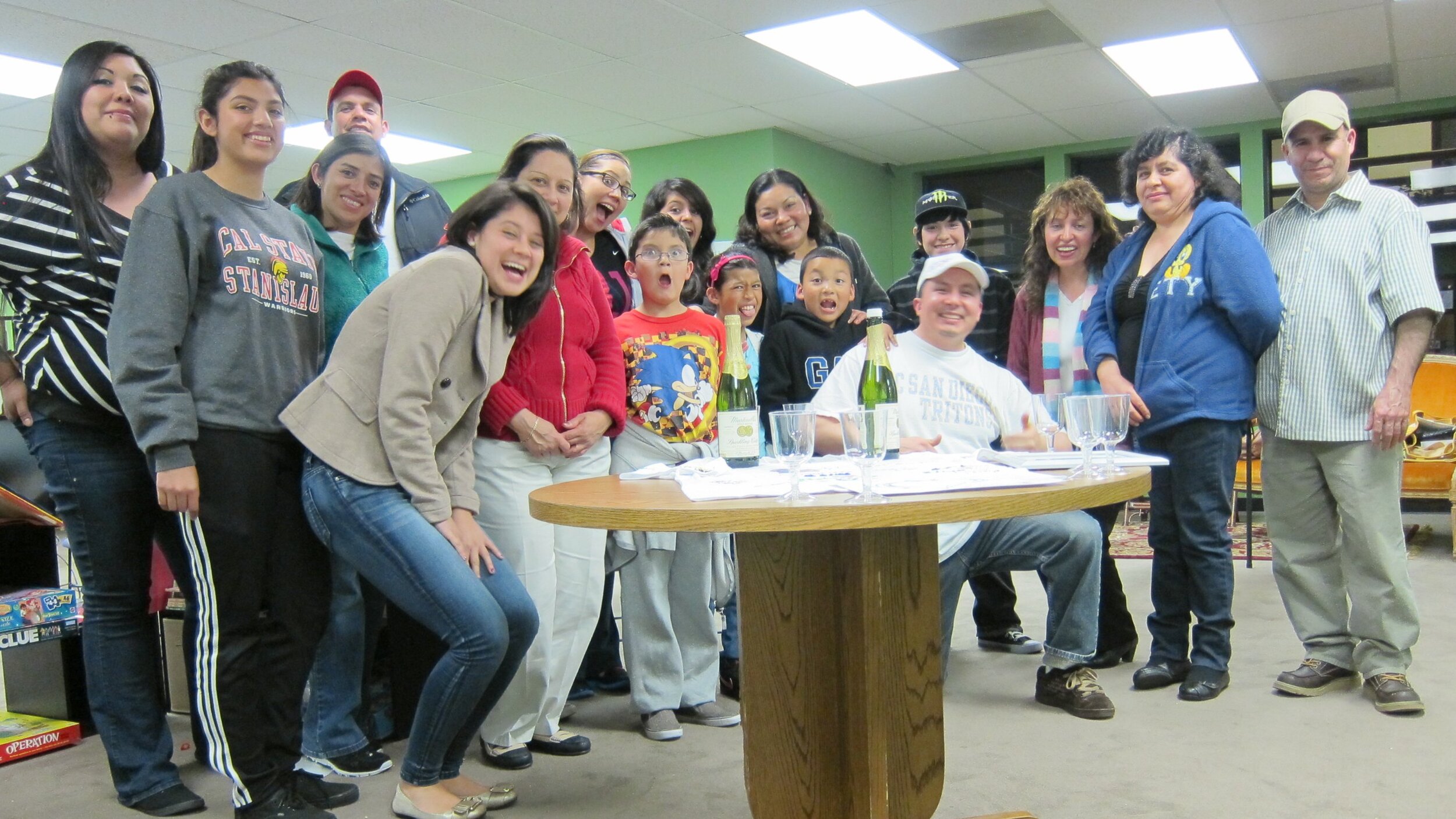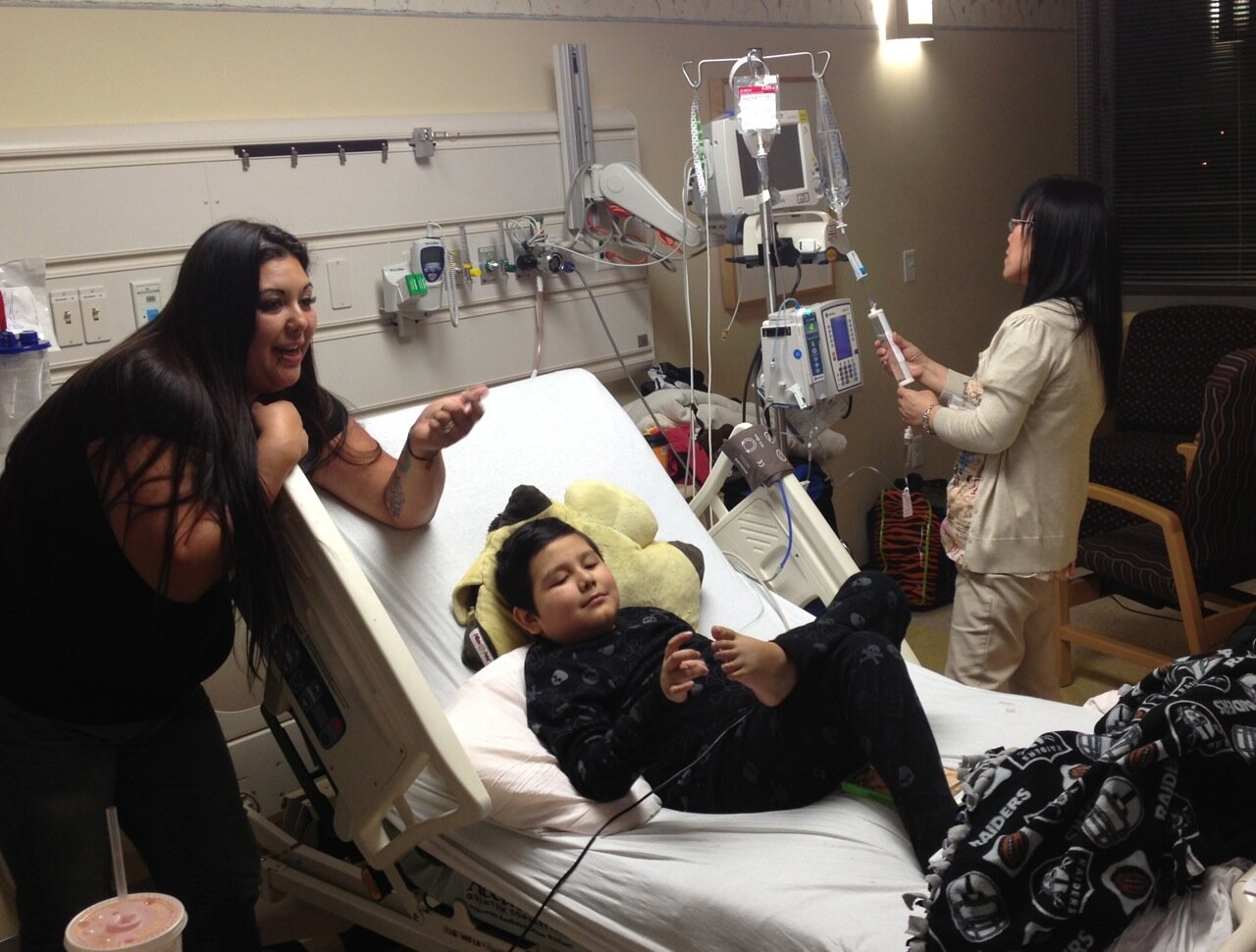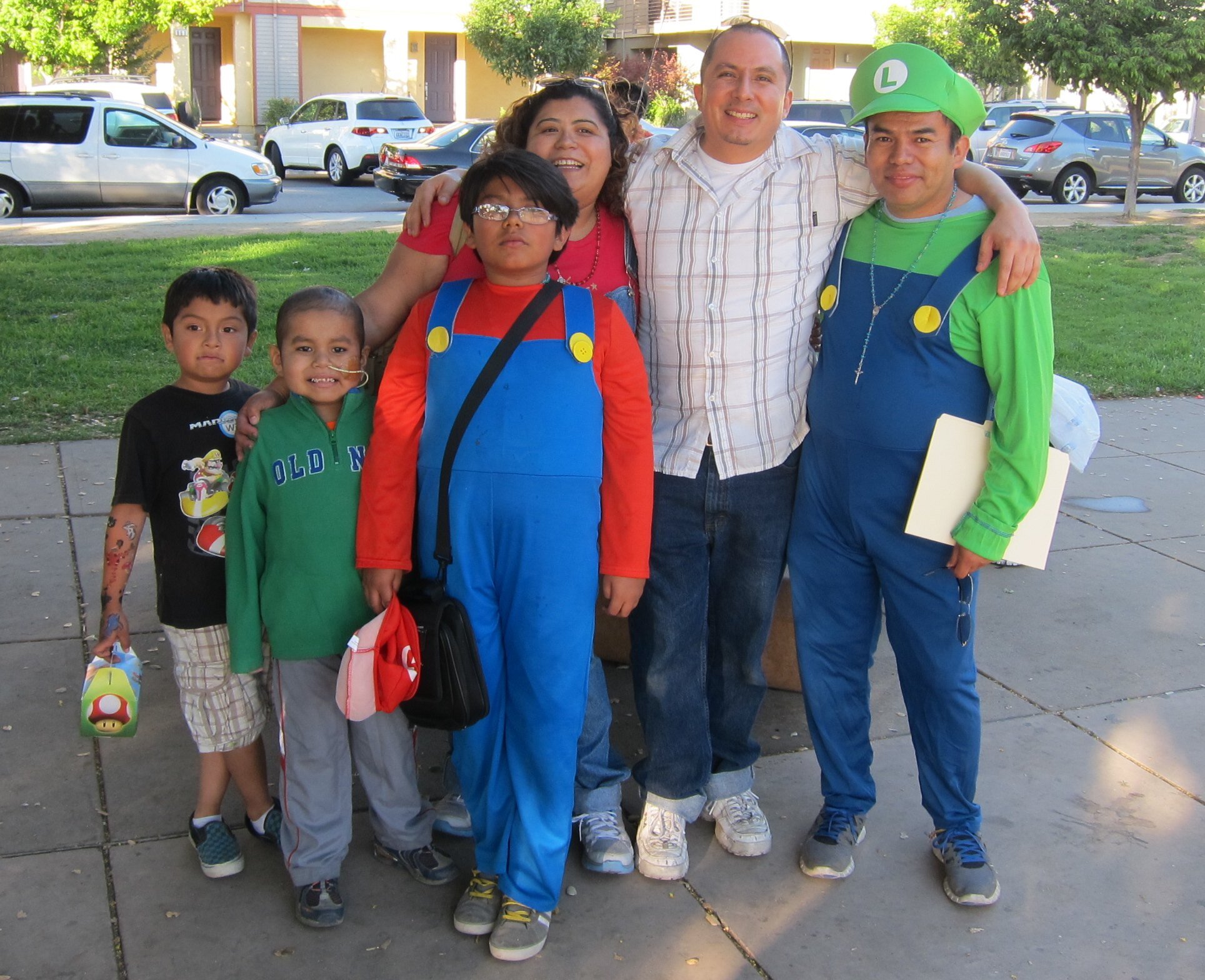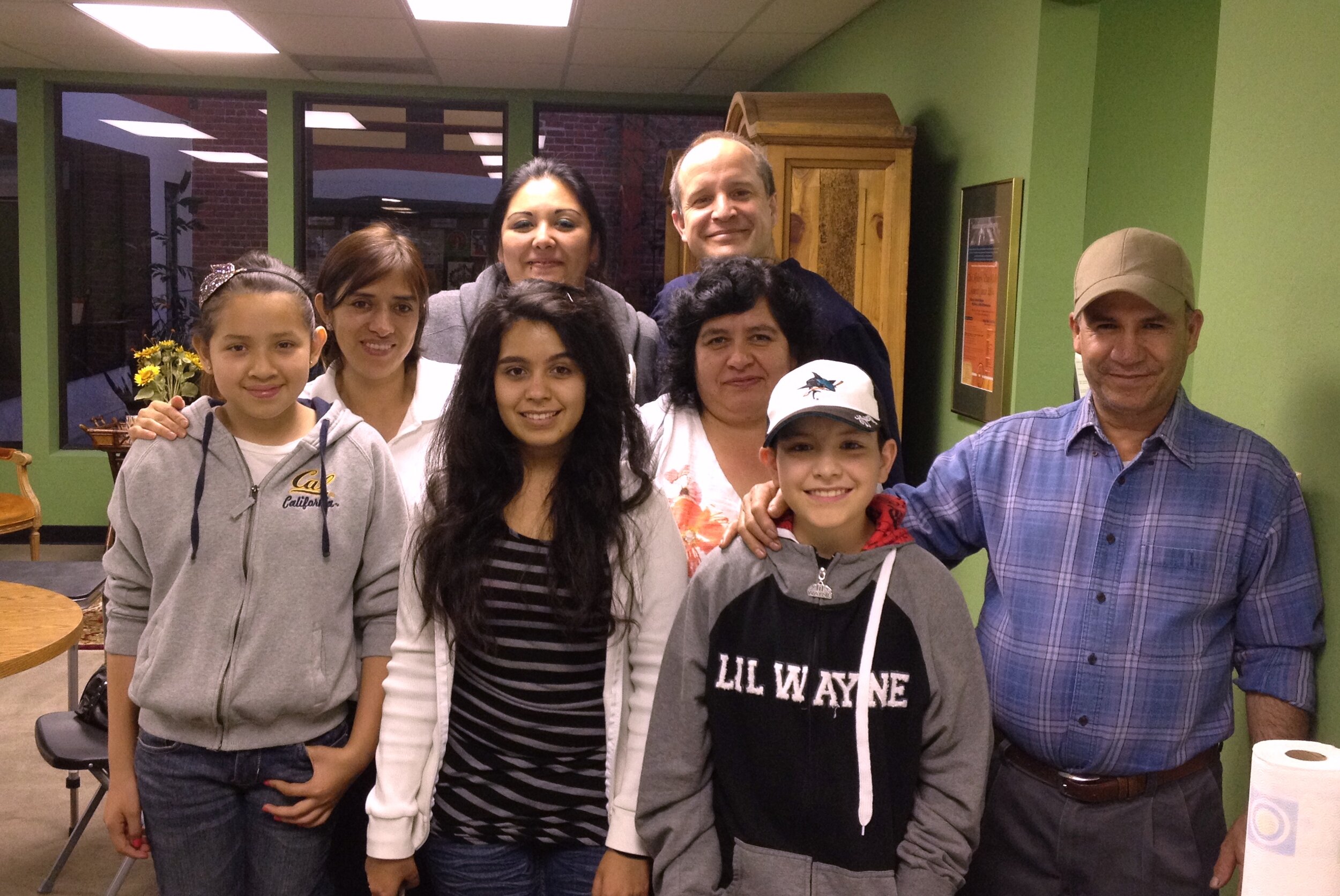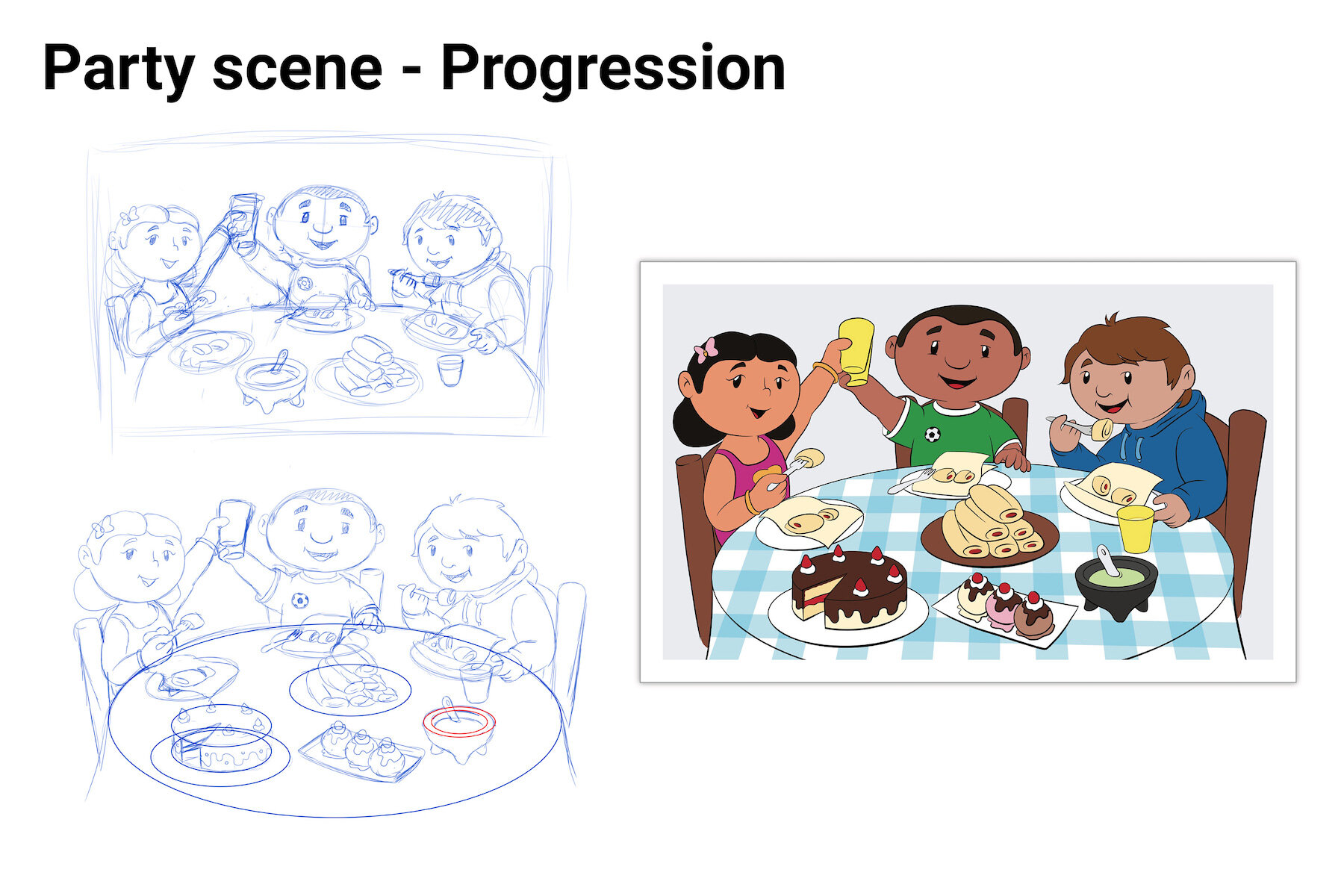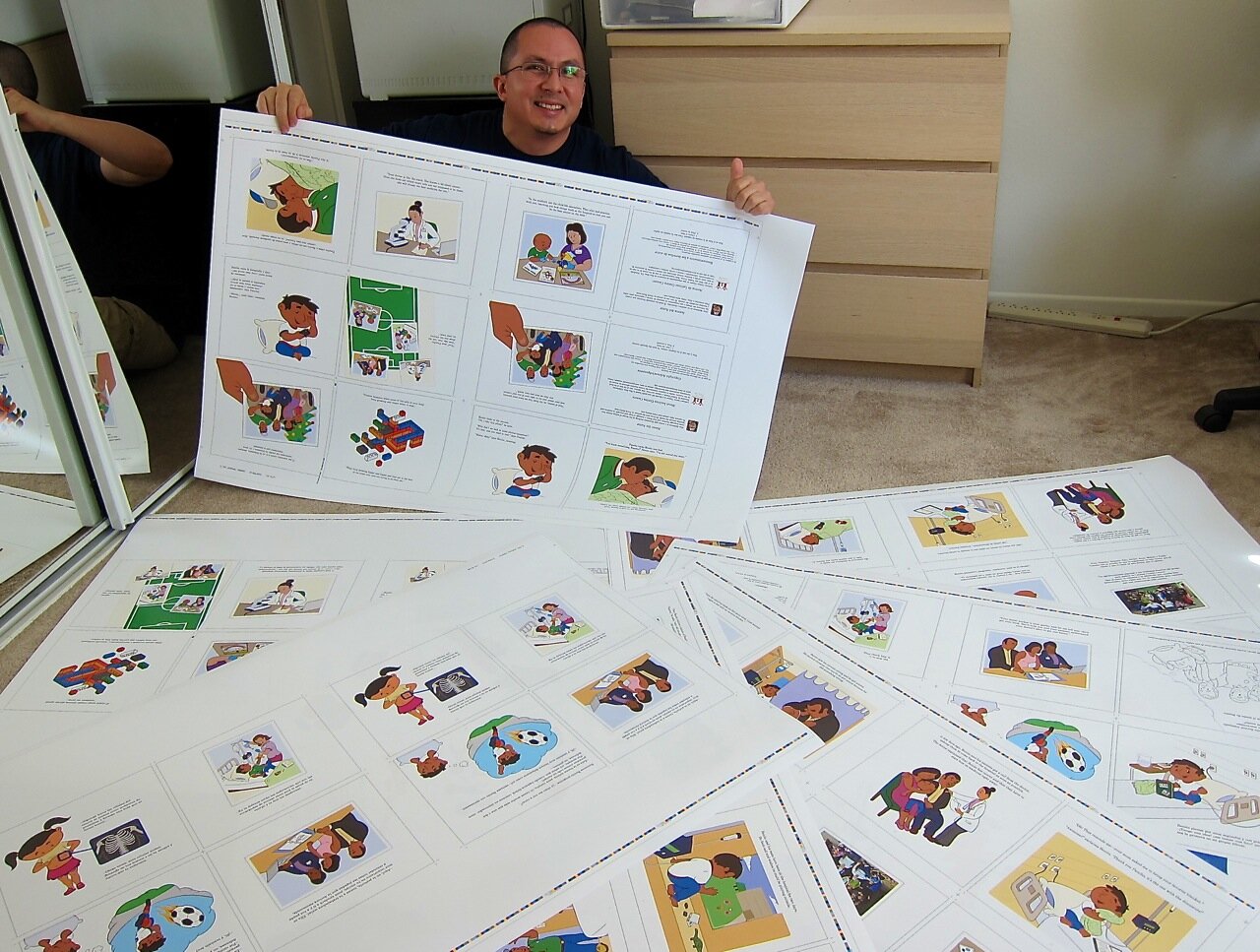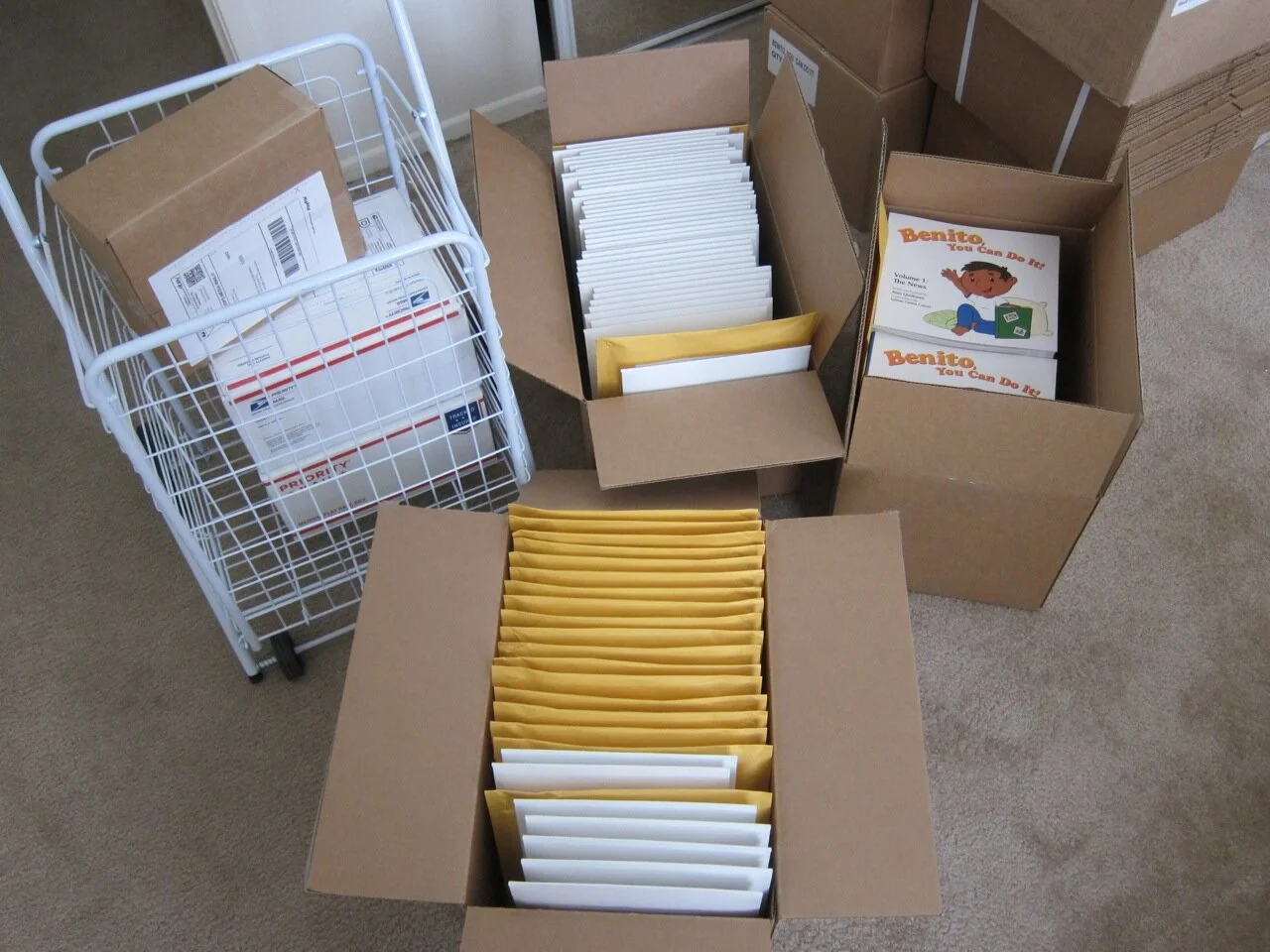Case Study in Human-Centered Design
As a designer and storyteller, one of my passions has always been to leverage the power of the graphic image to cross language barriers and make a positive contribution to society.
The first tangible outcome of this passion became a reality in 2013 when my first self-published children's book was released.
Written in English and Spanish, it tells the story of a Latino boy who gets cancer, and how he and his family find strength and hope when confronted with the news about the disease.
Understanding the problem
For several years I had been volunteering at different non-profits, but I was still on the lookout for an opportunity to help at a larger scale. It was through a conversation with the CEO of one the agencies I had been volunteering when I found out that:
Every year more than 15,000 children are diagnosed with cancer in the United States alone.
While nearly 90% of these children will survive, all of these children and their parents face an extraordinarily difficult journey, in which fear, uncertainty, and a lack of information can be their biggest obstacles.
The above challenge is exacerbated for Spanish speaking and migrant families, due to the language barrier.
So, partnering with non-profit Latinas Contra Cancer, I embarked on a mission to apply the methods and mindsets of Human-Centered Design in search of a solution that could help solve this problem, in a way that would be desirable, technically feasible and financially viable.
Phase 1. Inspiration
The Inspiration phase is all about Empathy: Stepping into other people's shoes, to understand their challenges, and start to solve problems for their perspective.
1.1 Framing the Design Challenge
Properly framing the design challenge is critical to success. It took several iterations to be able to phrase our design challenge in the form of the following question:
Could there be a way to dispel the common myths and misunderstandings about childhood cancer, in a way that brings hope to families?
1.2 Building a Team
Early in the project, non-profit Latins Contra Cancer pointed out that once a month, they hosted a support group of families affected by childhood cancer.
I approached the families in the group with the following questions:
“Is there anything about childhood cancer that you wish someone would have told you when you began this journey?”
“Would you share that knowledge with me, and trust that I can pass it on in an easy to understand format to newly affected families?”
To my surprise, all of the families in the group raised their hand in agreement, inviting me to their homes so I could interview them.
As time went on, the families introduced me to their doctors and other medical professionals, allowing me to have a 360º view composed of the children, their parents, doctors, social workers & child life specialists, and researchers.
1.3 Interviews
With no better way to understand a person’s ideas, hopes, and concerns about a given subject, interviews are at the core of human-centered design.
Due to the sensitive nature of the questions, I made sure to establish a strong level of rapport and trust by joining the monthly meetings of the group and attending the social gatherings that they would kindly invite me to.
To make the families feel at ease, I conducted the interviews wherever the families would feel comfortable: At their home, at the support group, or at the hospital.
For each interview, I’d come prepared with an audio recorder, a notepad, and a set of open questions.
Sample questions for parents
How comfortable are you understanding and speaking English?
When was your child diagnosed?
When did you found out, and how were you told about it?
Who has been the most helpful person in this process?
What do you think is cancer, and what causes it?
Questions for kids
For children who were ten or above, I was able to ask these questions directly:
Who told you that you have cancer?
Who has been the most helpful person in this process, and what have you learned from him/her?
How did you feel at the hospital
For younger children, I signed up to be the children’s facilitator for the support group, which allowed me to infer the children’s feelings and understandings of the matter through playful activities, like drawing, building legos or sculpting with play-doh.
Sample questions for doctors and medical professionals
What is the most common reaction you've seen when you disclose the news to the families?
How would you describe the challenges faced by low-income monolingual families?
How do you give hope to someone when there is no guarantee that the kid will survive?
What messages/resources you've found to be most useful to help children?
Phase 2. Ideation
The Ideation Phase is about making sense of all the data collected in the interviews, and identify opportunities for design. Lots of ideas are generated, some to keep, some to discard. Through a process of iteration, refinement, and involvement with the people we learned from, an ideal solution takes shape.
2.1 Download all Learnings and Find Themes
This required each recorded interview to be transcribed. While comparing these transcripts with the field notes taken, common patterns and themes started to emerge.
2.2 Create Insight Statements
A critical piece of the Ideation phase is to identify key learnings and group them in themes.
Theme: Dispelling myths
Cancer is nobody's fault and is not contagious
Cancer does not automatically equal death.
For most common forms of childhood cancer, survival rates can be around 90%.
Theme: Information helps, secrets hurt
Keeping information away from kids creates distrust and anxiety
Validate the child’s and the parents’ feelings of being scared, sad, or tired.
Use the simplest possible language to explain the disease while trying to stay away from negative connotations.
Theme: Teamwork and advocacy
Figure out a way to explain how the family has a team of professionals on their side: doctors, nurses, social workers, and child-life specialists.
Show the power of testimonials and support from cancer survivors
Share resources and education materials that are the most helpful and effective.
2.3 Brainstorm
Once all key insights laid out, it's time to unlock the creative power and search for solutions through a series of brainstorming sessions.
As prompts for our brainstorming sessions, we asked ourselves the following questions:
How can we explain that cancer is nobody's fault and is not contagious?
How can we validate the child’s and the parents’ feelings of being scared, sad, or tired?
How can we show the power of testimonials and support from cancer survivors?
Idea collection from one of the brainstorming sessions
Grouping the common themes helped us give more depth and focus to our original problem, which we rephrased as:
How might we help dispel the common myths and misunderstandings about childhood cancer, in a way that brings hope to families, while helping them understand the surrounding emotions, and the medical team that will be helping them?
2.4 Bundling ideas
With a lot of ideas generated, it’s time to combine them into feasible solutions. Some ideas may be discarded, while others will consolidate into more complex concepts. Some of the bundled ideas we found are:
While an e-book or website has the benefit of easy to maintain and edit, it has the drawback of needing an expensive device to be read (and wifi), it also lacks the inherently “warmer/more human" physical quality of touching a book.
With the topic of childhood cancer being so vast, we need a “divide and conquer” approach. This initial solution will focus on the case when a family has just received the news.
The main character in the story is a regular child who is diagnosed with cancer. He is in fear and feels alone in the hospital.
2.5 Prototyping and Iteration through Feedback
At this stage, I proceeded to write the initial drafts of the manuscript. This initial draft went through several revisions, edited, and corrected along with a team of Child Life Specialists from the Lucille Packard Children’s Hospital.
Revising text prototype with Child Life Specialists
We took turns reading the story aloud, and identified areas of improvement, all while brainstorming and envisioning what drawings could illustrate the text.
2.6 Storyboarding
After multiple revisions, we had a text version very close to its final version, and it was time to start character development and storyboarding.
Akin to the development of the text, the body of illustrations went through several revisions:
To cover the medical and psychological accuracy, I had the Child Life Specialists from the hospital.
To cover the aesthetic and style improvements, I had my art mentors giving me feedback.
Character Development
Refinement of illustrations
The first pass for all illustrations was a rough draft to illustrate the idea and allow for rapid prototyping. Once an illustration was approved, I’ll proceed to do clean up and coloring.
Phase 3. Implementation
The Implementation phase is where the design solution comes to life and into the market.
3.1 Creating a Roadmap
The first step in this phase is to determine the major milestones for the project:
Finalize Illustrations
Finalize book intro and closing copy
Send final text copy to copy editors
Find the ideal printer and determine the cost
Create a fundraising pitch
Run a fundraising campaign
Prepare files for pre-press
Run color tests
Print book
Launch Party
Setup website
Spread the word
3.2 Building Partnerships
As outlined in the roadmap, we needed to find and evaluate partners that could help us with:
Professional copy-editing and proofreading
Chosen English copy-editor: Geoff Smith
Chosen Spanish copy-editor: Anahi Quiñonez
Book Printing
Chosen printer: Bang Printing
Fundraising
Chosen platform: Kickstarter
Launch Party and Marketing
Chosen partner: Latinas Contra Cancer
3.3 Funding Strategy & Creating a Pitch
Once we determined that needed at least $8,800 to print an initial batch of books, we chose the crowdfunding platform Kickstarter to raise funds.
This task required:
Developing a written pitch that could be read in less than 3 mins
Creating a video to communicate the pitch
Setting up sponsorship levels
Defining an outreach campaign before, during and after the 30 days of fundraising
Our Kickstarter campaign ran from Sep 6th to Oct 6th 2013. Thanks to the generous donations from 171 backers, we were able to raise over $12,000, which allowed us to cover the costs of print, as well as donating 110 books.
Funding progress of our Kickstarter campaign
3.4 Production
Shortly after the closing of the campaign, it was time to revise the final color proofs and then go and document the printing of the books at the facilities of Bang Printing in Valencia, CA.
3.5 Release to the Public and Feedback
On Oct 23rd, 2013 we joined Latinas Contra Cancer 10th anniversary party to have a Book launch party/Book signing. It was profoundly rewarding to hand deliver the completed product to all the families and medical specialists that gave their testimonials and feedback to make it happen.
As of May 2023, all printed books have been distributed to children’s hospitals, non-profits, and families across the US and abroad.
Feedback has been overwhelmingly positive, with families and medical professionals praising features of the books such as:
Being available as a bilingual English/Spanish book.
The validation of the feelings and mood fluctuations for the child and its parents that can occur during treatment.
The use of clear analogies, like Legos, to represent cells and a soccer team to represent the medical team.
The electronic version of the book is available for purchase.




